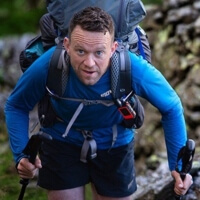
James Forrest has set an incredible new record time for a self-supported continuous hike of Alfred Wainwright’s 214 Lake District peaks.
The INOV8 ambassador completed the epic 328-mile adventure, which included the equivalent height gain of four times Mount Everest, in 14 days & 11 hours
Hiking alone with no support crew or pre-arranged help, James carried all his kit and camping equipment in a large rucksack. He occasionally re-supplied with food and gas that he had earlier stashed in secret locations along the route.
The journalist and author hiked an average of 13 hours a day, battling all manner of brutal weather conditions. He wild camped amid the remote fells, and also slept overnight in a cave, a barn, and a church.
It is the fastest self-supported completion, beating what is believed to be the previous record of 25 days, set by Jack Roberts in 2017.
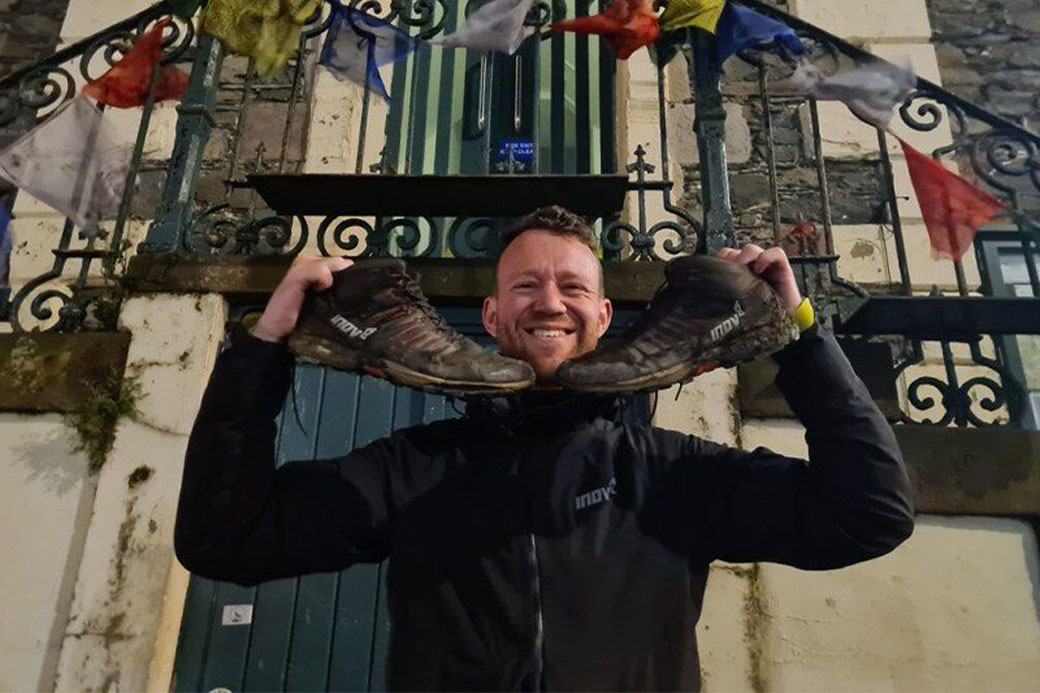
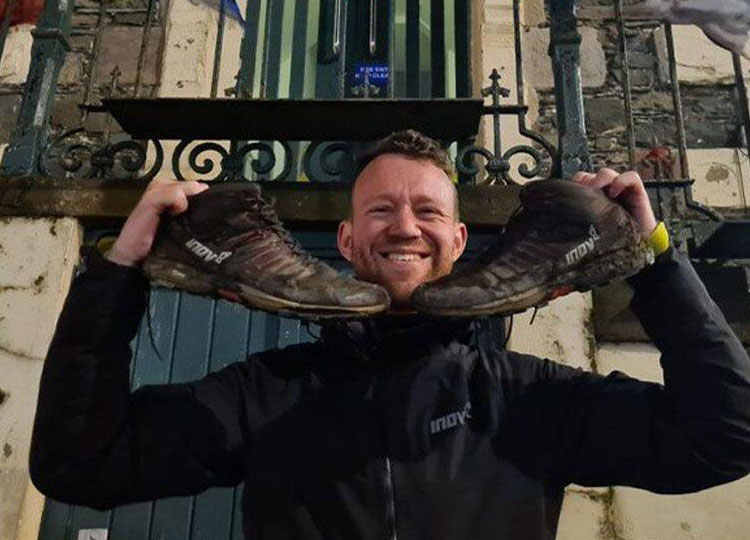
The fastest supported completion – and overall record – is held by INOV8 ultra runner Paul Tierney who, in June 2019, did it in a phenomenal 6 days, 6 hours, and 5 minutes, beating Steve Birkinshaw’s previous best by almost 7 hours. As you would expect given the nature of their attempts, both runners were supported by pacers and a roadside support team.
James followed the route Steve had meticulously planned in 2014, which Paul also used. Starting and finishing in Keswick, it wriggles away over the 214 summits famously featured in Alfred Wainwright’s iconic seven-volume pictorial guide to the Lakeland fells.
James – a bored office worker turned adventurer who has set a number of mountain-bagging hike records across the UK and Ireland – said: “I am ecstatic with the time I’ve set and so relieved to have finished. “The atrocious weather transformed the journey into a rather gruelling and traumatic experience – I’ve never felt so utterly miserable and unhappy on a mountain before. I thought the torrential rain and strong winds would never stop.
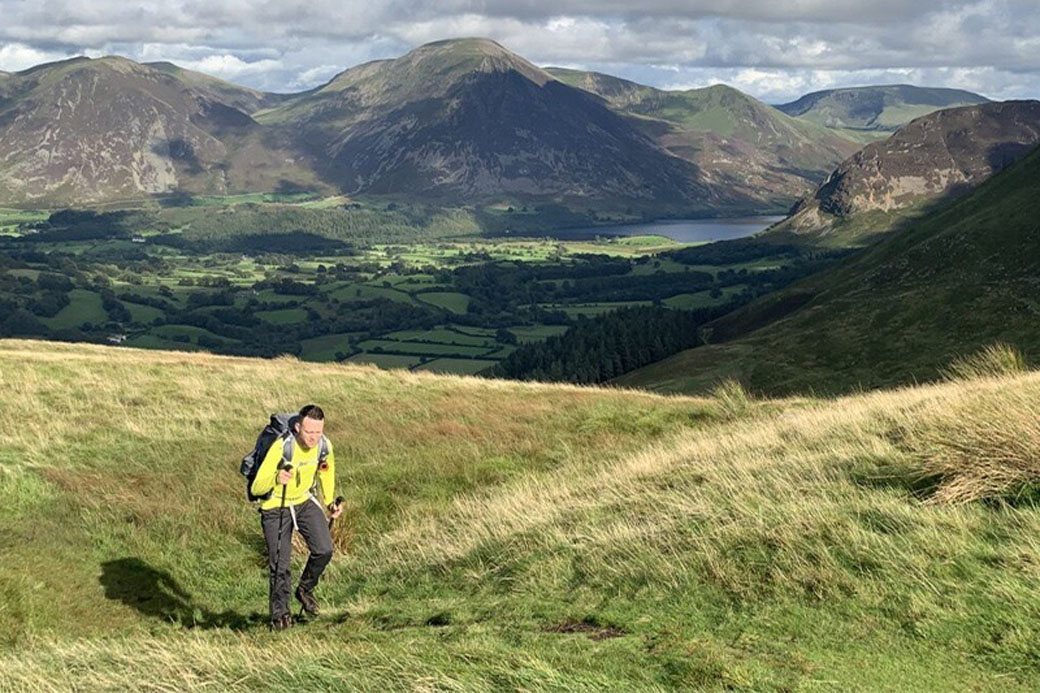
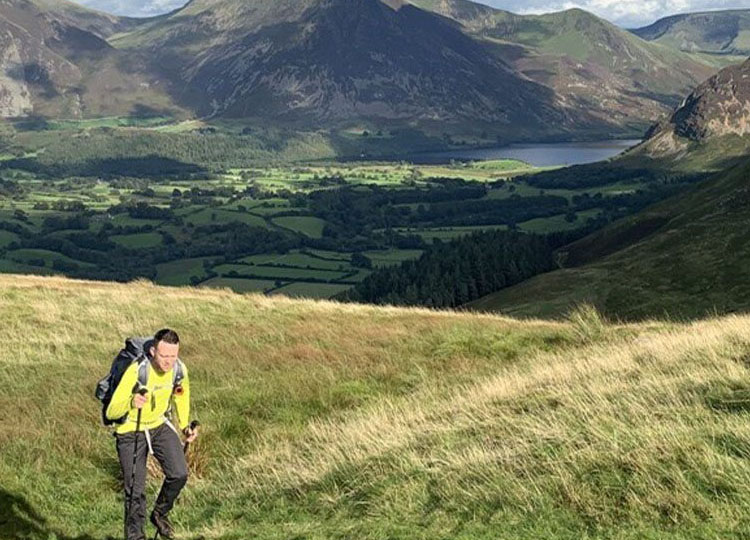
“But I’m so happy that I found the strength and resilience to keep going and make it to the finish line – it was really emotional arriving into Keswick, cheered on by friends and family. That moment will stay with me forever.
“It has been the challenge of a lifetime. I love the Lake District and – if I can somehow forget the thrashings I took from the weather gods – I hope the enduring memories of my expedition will be the times when the sun did shine and I relished the peace, beauty and escapism of Lakeland. The Lake District is a special place and we should all respect and look after it.”
James adhered to leave no trace principles during his trip, camping responsibly by carrying out all litter, never lighting fires, and pitching late and leaving early.
The Lake District-based 37-year-old wore our lightweight ROCLITE G 345 GTX hiking boots with Graphene-Grip.
Pre-challenge blog post (Published August 14th)
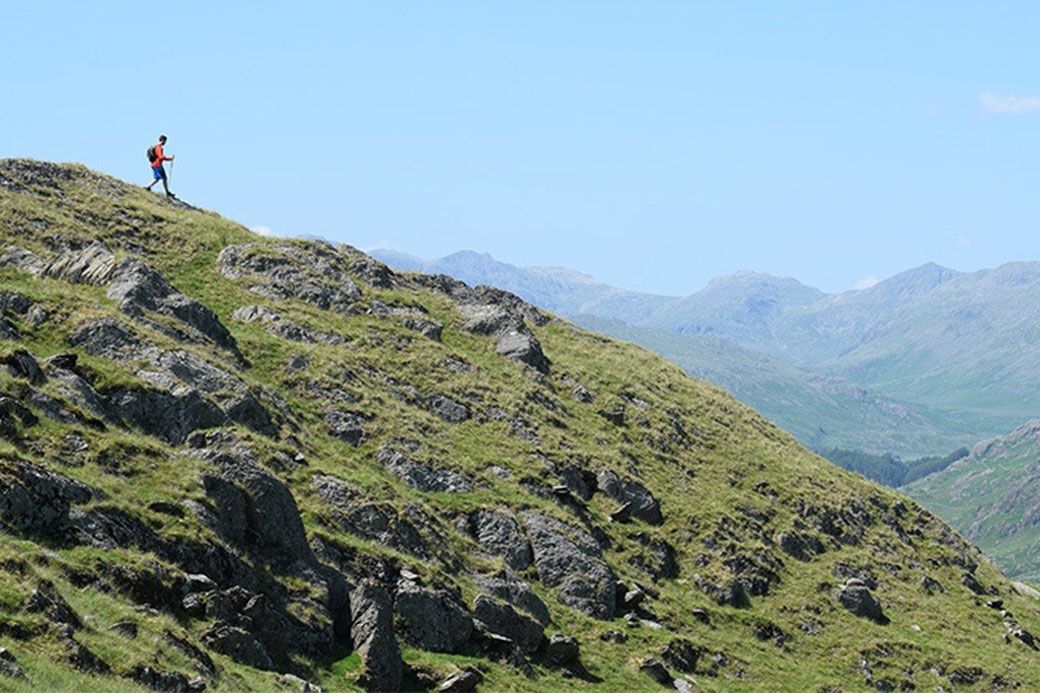
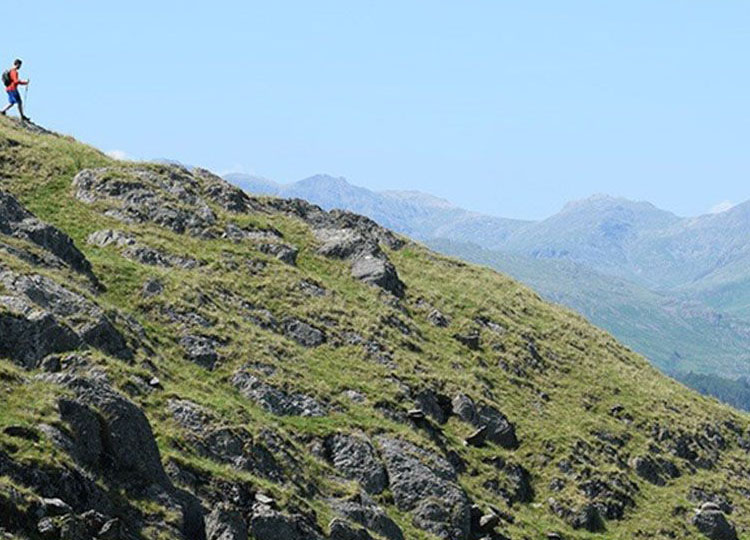
Hiking the Wainwrights - Fast & Light
Last year, when I reached the final summit of my three-year mission to climb 1,001 peaks across the UK and Ireland, everyone kept asking me “what’s next?” and “when’s the next adventure?” Well, after an unexpected interlude courtesy of lockdown, I’ve finally decided.
Solo and self-supported, I’m planning to hike all 214 Wainwright fells in the Lake District in a continuous, non-stop round. My aim is to complete the expedition – including approximately 328 miles and 36,000m of ascent – in about 18 days. Wahey – it’s going to be epic!
Several ultra-runners have completed awe-inspiringly fast completions of all 214 Wainwrights, including Joss Naylor, Steve Birkinshaw, Sabrina Verjee and Paul Tierney. The latter, who is also an INOV8 ambassador, did it in 2019 in a record time of 6 days, 6 hours and 5 minutes (watch film below). There is no way I will ever be attempting to beat that!
These attempts by runners were supported rounds, meaning their adventures were (quite understandably) assisted by a team of supporters who helped organise roadside sleeping arrangements, pavers, navigation, nutrition, logistics, massage and many other things.
My approach will be different. I will hike (not run) the entire route, and do so solo and self-supported.
What does self-supported mean?
The FKT (Fastest Known Time) website provides a clear definition of self-supported, as follows: “Self-supported means you may have as much support as you can manage or find along the way, but not from any pre-arranged people helping you. This can range from caching supplies in advance, purchasing supplies along the way, to finding or begging for food or water. Most long thru-hiking routes are done self-supported.”
My challenge is classified as self-supported because:
- I will not have a support crew
- I will not have any vehicle support
- I will walk solo at all time
- I will be self-reliant at all times
- I will carry everything I need on my own back
My aim is to keep my adventure as authentic and ‘pure’ as possible. My intention is to wild camp every night, to cook all of my own food and to not use any accommodation, restaurants, pubs, cafes or shops. I will re-supply by picking up ‘stash boxes’ – boxes full of expedition food and gas that I have cached at strategic points through the Lake District.
However, if the weather transpires against me, safety considerations may dictate that I need to spend a night in a hostel or camping barn, or pick up food in a shop. Doing so is allowed within the self-supported classification, as per the FKT definition, and therefore would not disqualify my attempt.
My adventure is not classified as unsupported. For an adventure to be unsupported, you must carry everything (except water) you need from the start. Unless you are very, very strong, carrying 18 days of food is effectively impossible.
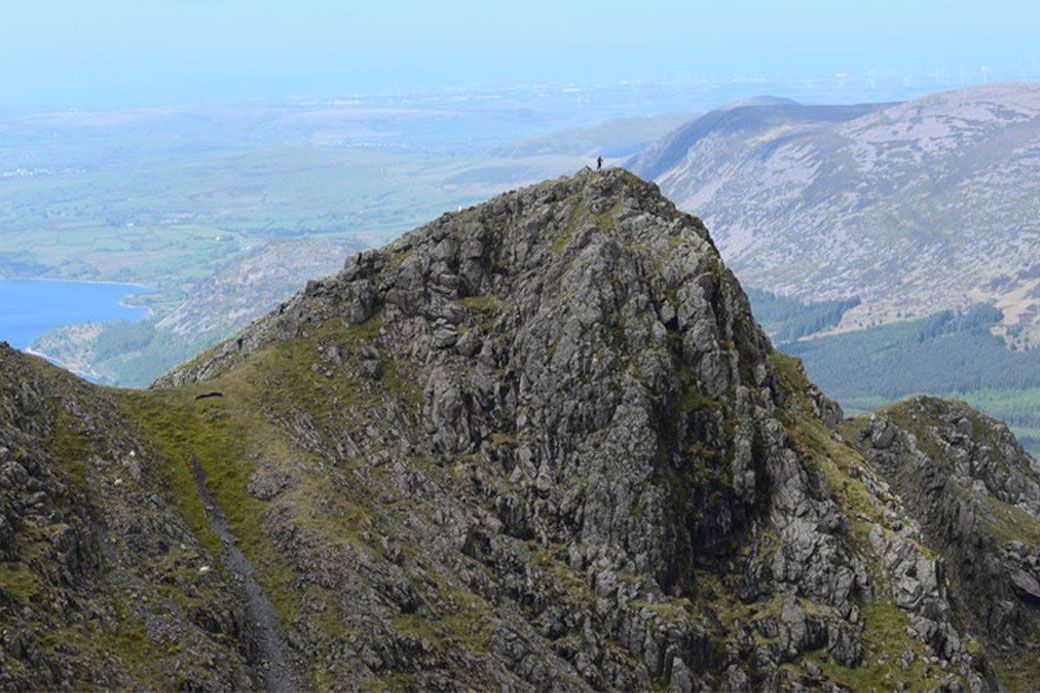
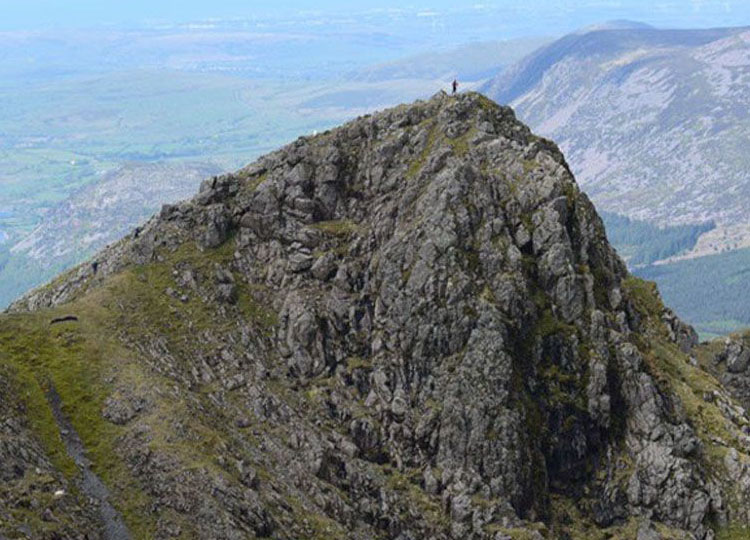
Time to beat
The fastest self-supported completion I have learnt of (through many hours of searching online) is Jack Roberts, who walked the Wainwrights in 25 days in 2017. He is described by the media as ‘the quickest person to walk all 214 Wainwrights without transport support’. So, as far as I know, the current record is 25 days.
Other notable completions and attempts include:
- Ramblers director Simon Barnett, who fast-hiked all the Wainwrights in an amazing 15 days (but he had a support crew).
- Colin Ibbotson, who completed a continuous walk of all 330 Wainwrights and Outlying Fells in 42 days in 2018.
- Laurie Crayston, who attempted to complete an unsupported round of the 214 Wainwrights on three occasions across 2019 and 2020, but failed to finish each time.
If anyone knows of any more, please do let me know.
All being well, I will start on August 17 and finish on September 3 (my birthday!) However, the dates may change due to weather considerations.
I will be following the route Steve Birkinshaw developed for his round, starting and finishing at Moot Hall in Keswick. This route was also followed by Paul Tierney in his record-breaking round.
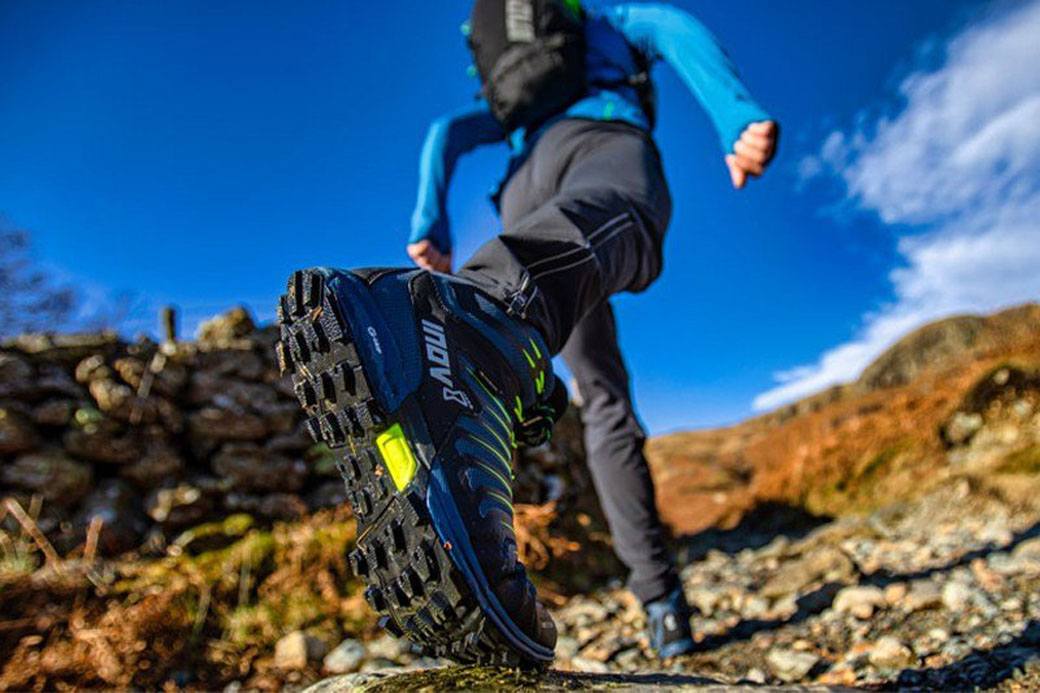
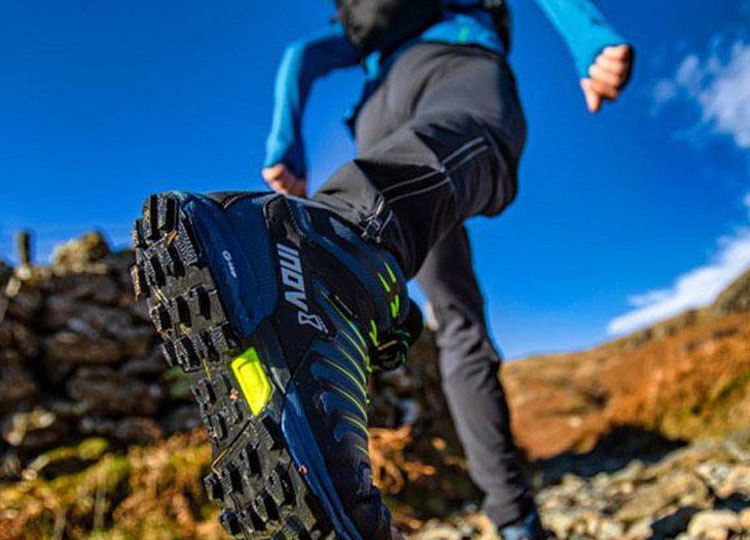
My kit for walking the Wainwrights
- In terms of boots, I need to strike a tricky balance. I need a pair that are lightweight and comfortable enough for moving fast in the mountains; but I also require excellent traction on rough terrain and impeccable waterproofing to keep my feet dry. The ROCLITE G 345 GTX boot fit the bill perfectly – I particularly love the graphene grip.
- It’s inevitable that I’ll encounter some gnarly Cumbrian weather during my challenge, so I’ve opted to take the PROTEC SHELL WATERPROOF JACKET. It’s a little heavier than Inov-8’s other waterproof jackets, but the impressive 20,000mm hydrostatic head and taped seams will be worth it during heavy downpours, keeping me dry no matter what Mother Nature throws at me.
- If the temperature drops, I’ll have my THERMOSHELL PRO INSULATED JACKET for extra warmth. I imagine I’ll wear this in the evenings around my tent while I’m setting up camp and cooking. The synthetic insulation will keep me warm, even it gets damp, and the lightweight jacket won’t weigh down my backpack when I’m not wearing it.
- When I’m hiking, I’ll wear my BASE ELITE Long Sleeve Base Layer Men’s 2.0 top (SHOP BASE LAYERS), which I find lightweight and breathable, alongside my RACE ELITE Tight trousers (SHOP TROUSERS & TIGHTS). This set-up feels athletic and slick, which is ideal for moving quickly and nimbly in the mountains.
